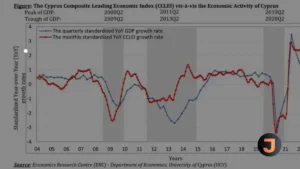Title: “The Hidden Costs of Our Food: A Deeper Look at True Cost Accounting”
As consumers breathe a sigh of relief with the slowing down of retail food price inflation, Kathleen Merrigan draws attention to a less visible aspect of our food system’s economics. While the price tags at grocery stores reflect immediate costs, Merrigan emphasizes that the true cost of food extends far beyond the checkout counter.
A recent report by the United Nations Food and Agriculture Organization, The State of Food and Agriculture (SOFA) 2023, has taken a closer look at these hidden costs using true cost accounting. This method assesses the economic, environmental, social, and health impacts of food production and consumption. SOFA 2023 reveals that in 2020, the global cost of the agrifood system was an estimated US$12.7 trillion more than what was paid at retail – a staggering figure that represents about 10% of the global GDP or $5 per person per day worldwide.
These hidden costs, or externalities as they are known in economics, range from positive effects like crop pollination by insects to negative impacts such as pollution and health issues related to dietary patterns. In wealthier nations, 84% of these costs stem from unhealthy diets linked to chronic diseases, while in low-income countries, 50% are social costs from poverty and undernourishment.
Environmental costs also make up a significant portion of these externalities, with issues like nitrogen runoff and greenhouse gas emissions accounting for about 20% of the hidden costs. However, not all environmental costs are included in the SOFA analysis, indicating that the true cost could be even higher.
Merrigan suggests that rather than raising food prices to account for these hidden costs, a more effective approach would be to reform government policies on agricultural subsidies. Currently, $540 billion is allocated annually to support production systems that are often environmentally and socially harmful. Redirecting these funds could support more sustainable and equitable food production methods.
True cost accounting offers a framework for policymakers to reallocate resources towards practices with net-positive benefits, such as organic agriculture and sustainable fisheries. This transparency could help reduce the hidden costs of feeding the world without necessarily increasing retail prices.
Kathleen Merrigan serves as the Executive Director of the Swette Center for Sustainable Food Systems at Arizona State University. Her insights underscore the importance of considering the full spectrum of costs associated with our food and the potential for policy-driven change to create a more sustainable and just food system.





